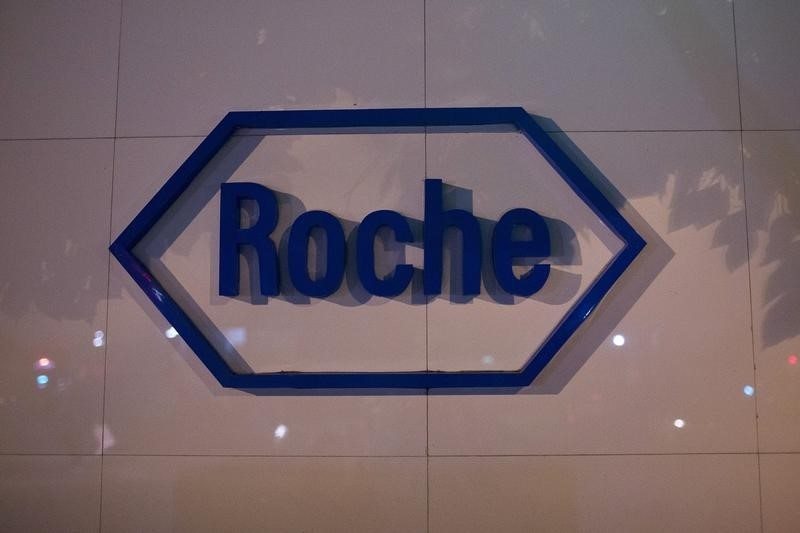
On December 1, 2015, Roche Holding AG (OTCMKTS:RHHBY) announced it has picked up a license to develop a VAP-1 inhibitor – a novel clinical stage inflammatory disease candidate currently being developed by UK based, Upsher-Smith subsidiary, Proximagen. Roche already hit headlines yesterday as it backed out of a much hyped collaboration with Polyphor, and so the news comes as a bit of a surprise to wider markets. Overlooking near term reactions, however, the latest deal gives Roche access to a promising candidate with a number of potential billion-dollar indications. As such, let’s take a look at the science behind the therapy, in an attempt to try and gauge its chances of getting an FDA green light, and in turn, the financial implications of commercialization.
First then, what is a VAP-1 inhibitor? VAP stands for vascular adhesion protein, which is a common synonym for an enzyme called AOC3. The process by which these things work is pretty complicated, but for the purpose of this discussion, let’s just say they are responsible for the oxidation of amines in our body, which are formed when amino acids breakdown into a nitrogen atom and what’s called a lone pair (just meaning two electrons). A lot of the commonly known neurotransmitters are amines – think dopamine, serotonin etc. Anyway, VAP-1 oxidizes two amines called methylamine and aminoacetone to create formaldehyde and methylglyoxal. These latter two substances (called aldehydes, for those interested) induce inflammation, through the recruitment of leukocytes (just another name for white blood cells) to the region in which the oxidation takes place. As the name suggests, VAP-1 inhibits the oxidation process. In doing so, Proximagen hypothesizes, it reduces inflammation and can be used in a variety of inflammatory indications. The exact indication for which Roche will end up carrying Proximagen’s VAP-1 forward remains to be seen; indeed, Roche itself does not yet know. The company has structured the deal in a way that will see both parties try VAP-1 inhibition out in a range of indications (rheumatoid arthritis looks to be a contender) and Roche will assume responsibility for development and commercialization if the tests indicate efficacy.
Staying on this note, what’s in it for Proximagen? Well, as yet, we haven’t got any info on the specifics from a financial perspective. To put forward a reasonable assumption, this is likely because Roche and Proximagen aren’t sure which indication they will carry into phase III, meaning they don’t yet know the size of the market they will be targeting. What we do know, is that both companies will conduct the phase IIs with a view to moving forward into phase III with the most promising candidates. The assumption here, then, is that Roche will fund the trials in return for exclusive choice on which molecules it wants to take forward.
There are also a number of milestone payments earmarked for Proximagen (again, exact details are not yet known) attributed to both the development process and the commercialization phase – if we get that far.
So, what’s next? Well, it’s early days in from a development perspective. Proximagen has only conducted some small scale, pre clinical studies of its VAP-1 candidate, and it will likely be at least Q1 2017 before we see and molecule moved into phase III. Having said this, the Roche collaboration means time to commercialization has probably halved compared to a solely Proximagen-run trial, purely as a result of the economies of scale (and the lack of funding issues) associated with a big pharma partnership. With this in mind, catalysts to look towards as potential upside drivers are interim data relating to the various indications. We have already mentioned one, rheumatoid arthritis, that could be a real blockbuster if efficacy and safety is demonstrated. In light of its potential, any data that infers a candidate is effective in RA therapy would translate to some immediate upside. Other conditions to keep an eye on are any oncologic indication (some cancers are inflammatory in nature) and Crohn’s disease – both of which present minimum billion-dollar annual revenue potential as unlabeled, first line indications (think Johnson & Johnson‘s (NYSE:JNJ) Remicade for Crohn’s).




